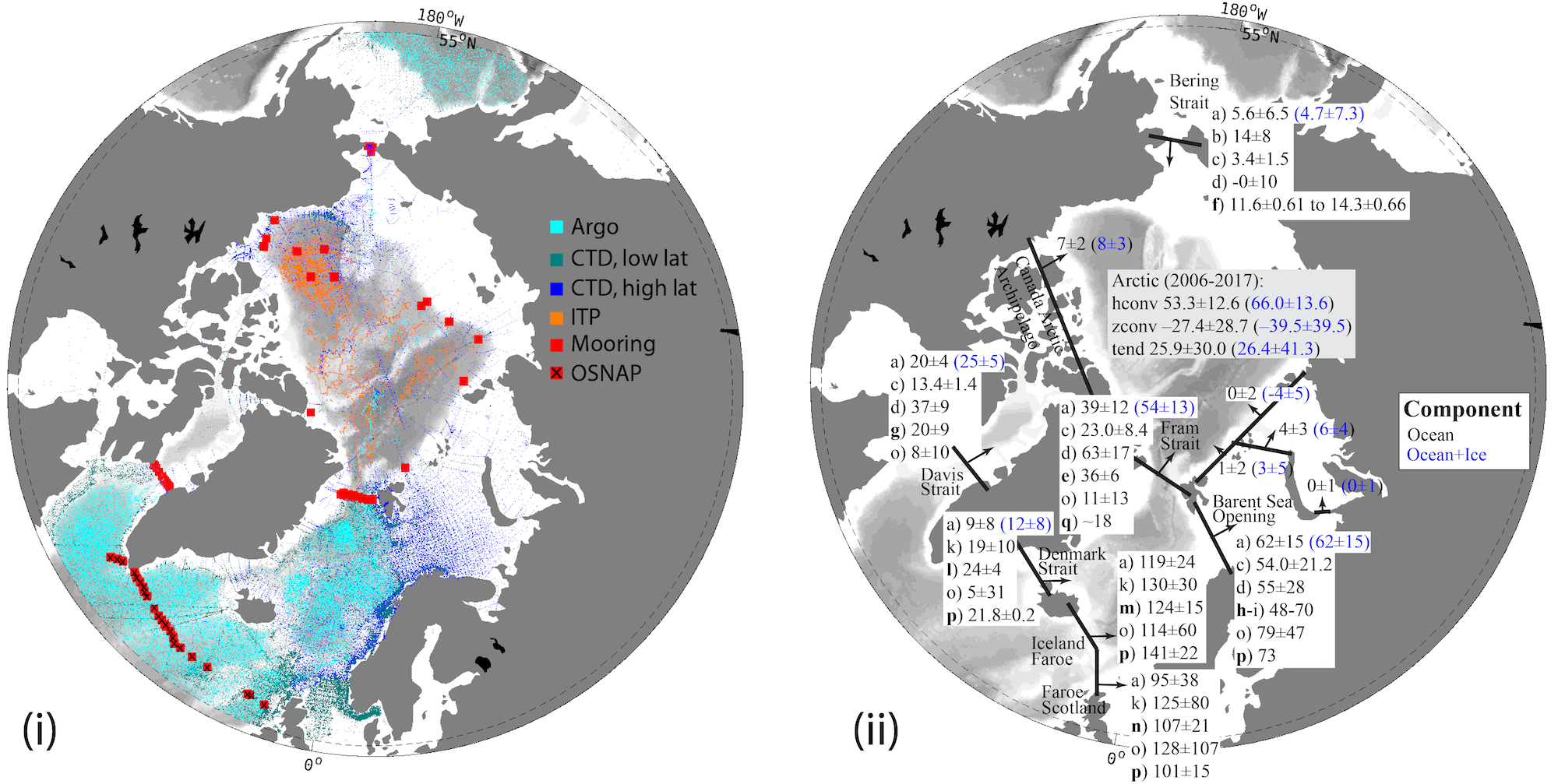Climate scientists have developed a numerical model using over a billion satellite and in situ observations to produce accurate estimates of the Ocean-Sea Ice state in the Arctic over a 16 year period.
To say that Dr. Patrick Heimbach and his research group from the Jackson School of Geosciences and Oden Institute’s Computational Research in Ice and Ocean Group (CRIOS), are prolific would be an understatement. The Arctic Ocean modeling experts have produced several high impact papers already in 2021.
Recently Dr. An Nguyen lead a research team including Helen Pillar, Victor Ocaña, Arash Bigdeli, Timothy A Smith and Heimbach in developing a more robust description and assessment of a data-constrained, dynamically consistent ocean-sea ice estimate for the Arctic between the years 2002 and 2017.
In a paper, entitled The Arctic Subpolar gyre sTate Estimate (ASTE): Description and assessment of a data-constrained, dynamically consistent ocean-sea ice estimate for 2002-2017, published as part of a new special collection on “Data Assimilation for Earth System Models” in the Journal of Advances in Modeling Earth Systems, Nguyen and the research team outline their 2002–2017 ocean-sea ice reconstruction, called ASTE_R1 - a model-data synthesis, using a numerical model, together with inverse methods, based upon approximately one billion satellite and in situ observations.
Climate scientists seek to measure and understand the various processes taking place in the climate system, in particular the ocean, atmosphere and marine cryosphere. These processes occur on many time scales (from seconds to millennia) and space scales (from meters to globally).
“For example, the annual and global mean net planetary heat imbalance is on the order of 0.5 Watts per square meter (W/m2), but locally air-sea heat fluxes can exceed plus or minus 200 W/m2 on any given day,” Nguyen said. “We are thus seeking to quantify small, yet important, residuals in a highly variable system, that is sparsely sampled by observations. One way to ensure that we are accurately accounting for all sources and sinks (local surface heating & cooling, oceanic transports, mixing) is to use a simulation model that ensures proper accounting via the model’s underlying conservation laws.”
Models do more than ensure proper accounting though. They also provide causal insights for explaining the observed changes. “The better we are able to formally synthesize (sparse) observations and physical models – using advanced data assimilation algorithms, such as the one used in ASTE – the more confident we will be in extracting causal attribution of observed changes,” Nguyen said.
